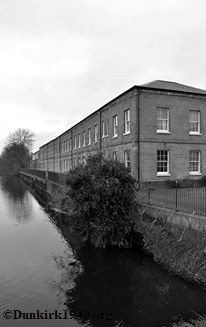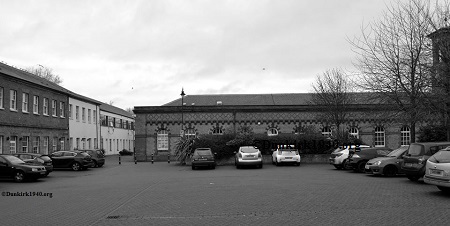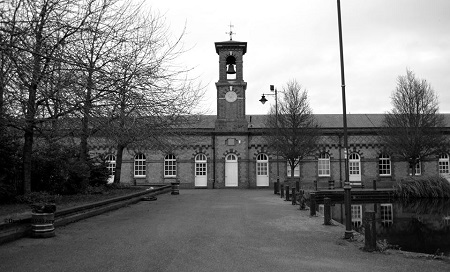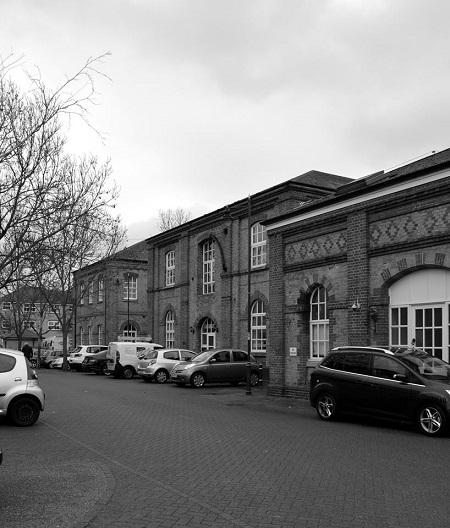
The Royal Small Arms Factory (RSAF) at Enfield was first proposed towards the end of the Napoleonic War. An area of marshland was acquired in 1812, with the factory completed in 1816. The site was chosen for a number of reasons, least of which being the inexpensive nature of the land. Due to its location on the banks of the River Lea, it provided a useful source of water to power the factory's machines, as well as being ideal for the use of the same water to transport the raw materials and finished goods. Initially, the factory was located entirely in the county of Essex; however, following the diverting of the river, a portion of the site fell within the Parish of Enfield. Subsequent to the closure of the Factory in 1988, local boundary changes saw the entire site come under Enfield. The factory took its name from its proximity to Enfield Lock.
The factory initially concentrated on the manufacture of barrels, which had been previously carried out in Lewisham, with the production of locks being transferred in 1818. In 1823, a sword-making shop was established on the site, too. Despite the increase of disciplines on the site, the plant came very close to following the fate of Lewisham in 1831 and it was only the outbreak of the Crimean War, which saw the plant grow in size and undergo the investments required for modernisation. In 1867, the site could boast some 2,400 employees, was fully powered by steam and had an output of around 1,744 rifles per week!
In 1889, the factory began producing a new rifle designed by James Paris Lee, with the now famous Lee-Enfield being produced from 1895 onwards, thus securing the site's future as well as making it the icon of manufacture it is known as today. Further expansion followed during both world wars, along with the addition of two satellite plants ( Fazakerley and Maltby) being established in order to maximise production potential and reducing the dangers posed by Enfield's location and vulnerability to air attack. Following the end of WW2, the site began to decline and in 1963, half the site was closed down. In 1984, the factory was privatised, along with other sites, under the control of the Royal Ordnance Plc. This was soon purchased by British Aerospace (BAe) who in turn finally closed the site completely in 1988.
Following the closure of the site, BAe formed a joint venture with Trafalgar House to redevelop it into a housing estate (now called Enfield Island), some of the original buildings were retained along with a tiny museum being created.
